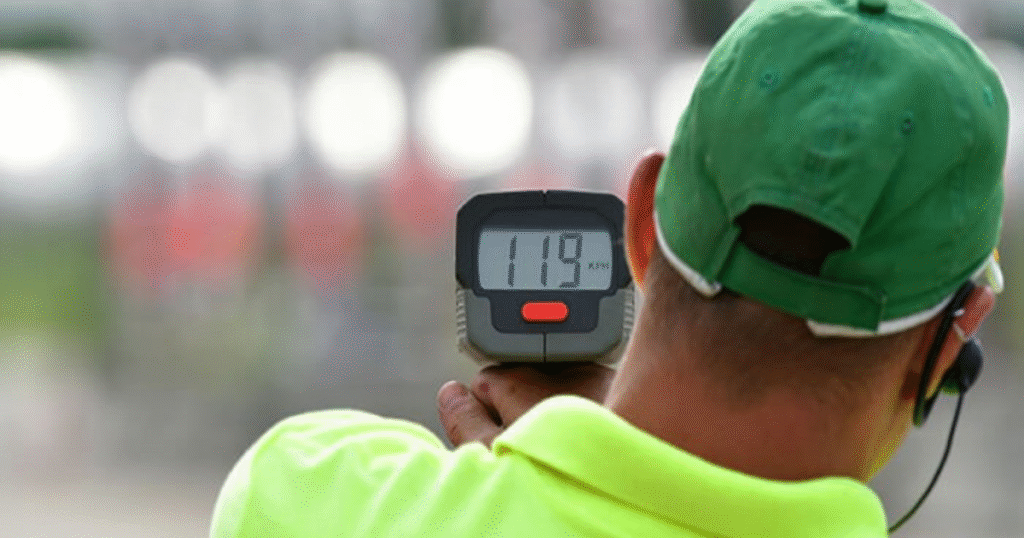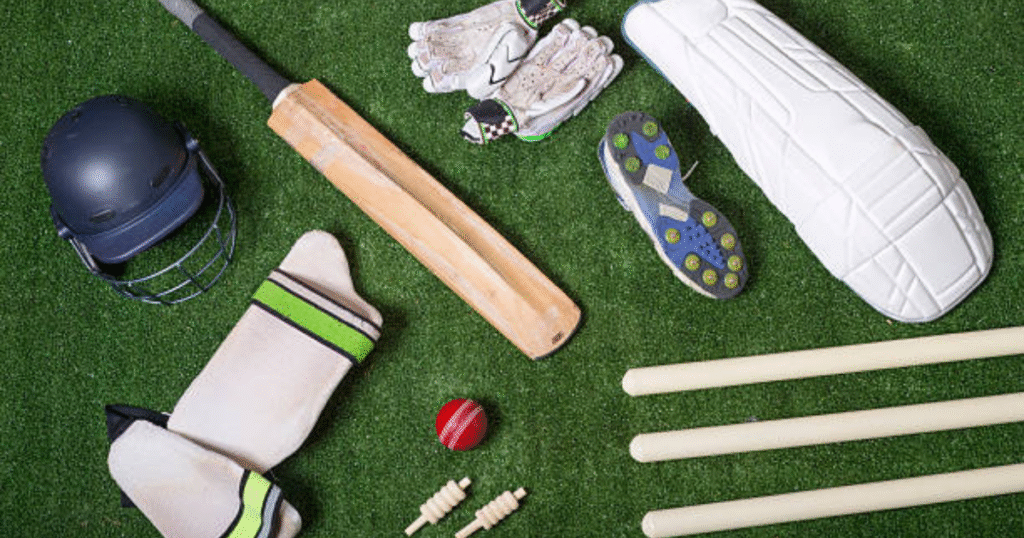Whether you’re a budding cricketer, a seasoned player, or a coach guiding the next generation of athletes, having the right cricket training equipment can significantly impact your performance. The right gear not only enhances skill development but also ensures safety and helps maintain consistency in training. In this article, we explore the top 10 must-have cricket training equipment every player should own—whether you’re focusing on batting, bowling, fielding, or overall fitness.
Why Cricket Training Equipment Matters
Cricket is a game of fine margins. Precision, power, timing, and technique all depend on how well a player trains. Proper training equipment allows cricketers to simulate real-game scenarios, correct technique, and push physical boundaries. Additionally, high-quality gear can reduce injury risk and improve muscle memory through repetitive practice.
1. Cricket Batting Net
Practice Anytime, Anywhere
A cricket batting net is essential for focused, safe, and uninterrupted practice sessions. It allows players to train in confined spaces—like a backyard or indoor center—without chasing balls after every shot.
Key Benefits
- Helps improve timing and shot placement
- Allows for solo or coach-assisted sessions
- Available in portable and fixed options
2. Bowling Machine

Perfecting Your Reaction and Timing
A bowling machine is a game-changer for batsmen looking to master fast deliveries, yorkers, or spin without needing a bowler. These machines can simulate various speeds and types of deliveries to enhance reaction time and shot consistency.
Key Benefits
- Adjustable speeds and delivery angles
- Ideal for both beginners and professionals
- Great for repetition-based training
3. Training Stumps
Sharpening Accuracy and Technique
Training stumps are lighter, portable, and more durable than regular match stumps. They’re perfect for bowlers working on line and length, or for fielders practicing direct hits.
Key Benefits
- Useful for all formats and age groups
- Many come with spring-back bases for continuous training
- Helps build target accuracy for throwdowns
4. Batting Tee and Catching Ramp
Skill-Building Tools
A batting tee helps beginners and young players develop proper shot technique by hitting a stationary ball. Meanwhile, a catching ramp improves reflexes and hand-eye coordination for fielders and wicketkeepers.
Key Benefits
- Teaches hand positioning and balance
- Ramps can simulate unpredictable ball movement
- Great for solo or group drills
5. Speed Radar Gun

Measure Your Progress
Whether you’re a fast bowler looking to increase your speed or a coach analyzing player performance, a radar gun is invaluable. It tracks delivery speed and helps adjust training intensity accordingly.
Key Benefits
- Tracks performance in real-time
- Encourages self-improvement through measurable data
- Used by professional academies and coaching centers
6. Fitness and Agility Equipment
Conditioning for Endurance and Speed
Cricket demands stamina, agility, and quick reflexes. Cones, agility ladders, resistance bands, medicine balls, and hurdles can help enhance overall athleticism.
Key Benefits
- Improves footwork and balance
- Enhances cardiovascular fitness
- Reduces injury through muscle strengthening
7. Rebound Net
Enhance Reflexes and Catching
A rebound net is a versatile piece of training gear used by wicketkeepers and fielders. It helps simulate high-speed catches and unpredictable bounces, boosting reaction time.
Key Benefits
- Ideal for slip catching and wicketkeeping drills
- Portable and easy to assemble
- Encourages consistent practice
8. Throwdown Equipment
Master the Art of Batting
Throwdown arms and sidearm tools are widely used by coaches to simulate realistic deliveries with speed and precision. They’re particularly useful for repetition-focused batting drills.
Key Benefits
- Increases ball delivery rate
- Reduces coach fatigue
- Offers varying delivery styles
9. Protective Gear

Train Safe, Play Hard
Training sessions often involve high-impact situations. Helmets, thigh guards, arm guards, chest guards, and pads should be worn during intense net sessions, especially when facing pace bowling.
Key Benefits
- Reduces risk of serious injury
- Builds confidence during aggressive training
- Should be checked and replaced regularly
10. Cricket Ball Variants
Diverse Practice Options
Using a variety of cricket balls—like tennis balls, leather balls, wind balls, and swing balls—can help train players in different scenarios. Each ball behaves differently, preparing players for real match conditions.
Key Benefits
- Wind balls enhance swing practice
- Tennis balls are great for juniors
- Heavier balls help in power-hitting drills
Additional Tools Worth Considering
While the above list includes must-haves, here are a few honorable mentions:
- Scoreboards and counters
- Digital video analysis tools
- Smart wearable devices for tracking motion
- Bowling markers
- Grip trainers for batsmen
Also Read : From Beginner To Pro: The Journey Of A Batsman
Conclusion
Cricket is an evolving sport, and so is the training that goes behind it. Investing in high-quality cricket training equipment is not just for professionals—players at every level can benefit immensely. These tools help replicate match-like scenarios, build muscle memory, improve technique, and enhance overall performance. From mastering your batting technique to sharpening your fielding reflexes, the right equipment forms the backbone of successful cricket training. No matter your skill level, equipping yourself with these essentials will elevate your game.
FAQs
Q1. What is the most important cricket training equipment for beginners?
For beginners, a cricket batting net, tennis balls, basic protective gear, and a batting tee are ideal to start with. These allow safe and focused practice.
Q2. Are bowling machines suitable for young players?
Yes, many bowling machines offer speed control and can be adjusted for younger players. However, supervision is essential to ensure safety.
Q3. How often should I replace training equipment?
It depends on usage. High-impact items like balls, pads, and nets may need replacement every 6–12 months, while durable items like stumps and ramps can last longer with proper care.
Q4. Is it necessary to use a speed radar gun?
While not essential, a radar gun is extremely helpful for fast bowlers looking to track and improve their bowling speed systematically.
Q5. Can I create a cricket training setup at home?
Absolutely! With a batting net, rebound net, cones, and a few basic accessories, you can build a compact training area in your backyard or garage.









